Ein hochrangiger Überblick über 3D-Kleidung auf Roblox.
Erstelle und verkaufe deine erste grundlegende mehrschichtige Kleidung.
Mehrschichtige Kleidungsaccessoires sind 3D-Kosmetikartikel, die Benutzer auf ihren Avatar-Körper ausrüsten und tragen können, wie Hosen, T-Shirts, Jacken, Kleider und mehr.Im Gegensatz zu steifen Zubehör, das nur an einem bestimmten Punkt auf einem Charakter befestigt wird, dehnt sich mehrschichtige Kleidung über jeden Körpertyp und vorhandene Kleidung und passt sich an.
Um ein benutzerdefiniertes Roblox-Zubehör für deine eigene Erfahrung zu erstellen oder es auf dem Marktplatz zu verkaufen, ist es wichtig, mit dem gefolgte Profilezu beginnen:
- Ein Verständnis der Komponenten, die ein mehrschichtiges Zubehör ausmachen .
- Ein Verständnis des allgemeinen Bekleidungsstellungsprozesses.
- Überprüfe die offiziellen Tutorials von Roblox, um deine eigenen Accessoires zu erstellen:
- Starrer Zubehör-Erstellungs-Tutorial - deckt jeden Prozess ab, der für die Umwandlung eines 3D-Modells in ein starreres Zubehör und seine Veröffentlichung auf dem Marktplatz erforderlich ist.
- Kleidungsherstellungs-Tutorial - ein Schritt-für-Schritt-Prozess zur Erstellung eigener avatarbereiter Kleidung von Grund auf neu in Blender.
- Zusätzliche Tools, Ressourcen und Anleitungen, die von Roblox bereitgestellt werden, um den Standardisierungs- und Beschleunigungsprozess der Erstellung zu vereinfachen.
Roblox unterstützt auch klassische Kleidung , 2D-Bilder, die auf die Oberfläche deines Charakters angewendet werden können.
Komponenten eines mehrschichtigen Accessoire
Alle Zubehörmodelle bestehen aus den gleichen Basiskomponenten eines Mesh-Objekts, Texturen und Anhang.Mehrschichtige Kleidung erfordert zusätzliche Komponenten wie eine anpassbare Rig und einen inneren und äußeren Käfig, um dem Asset zu ermöglichen, sich zu dehnen, anzupassen und über einen Zielcharakter und vorhandene Kleidungsstücke zu legen.
Wenn beim Erstellen von Zubehör, werden alle Komponenten zuerst in deiner Modellierungssoftware erstellt, dann konvertiert zu ihrer entsprechenden Roblox Studio-Instanz beim Import.
Mesh-Teil
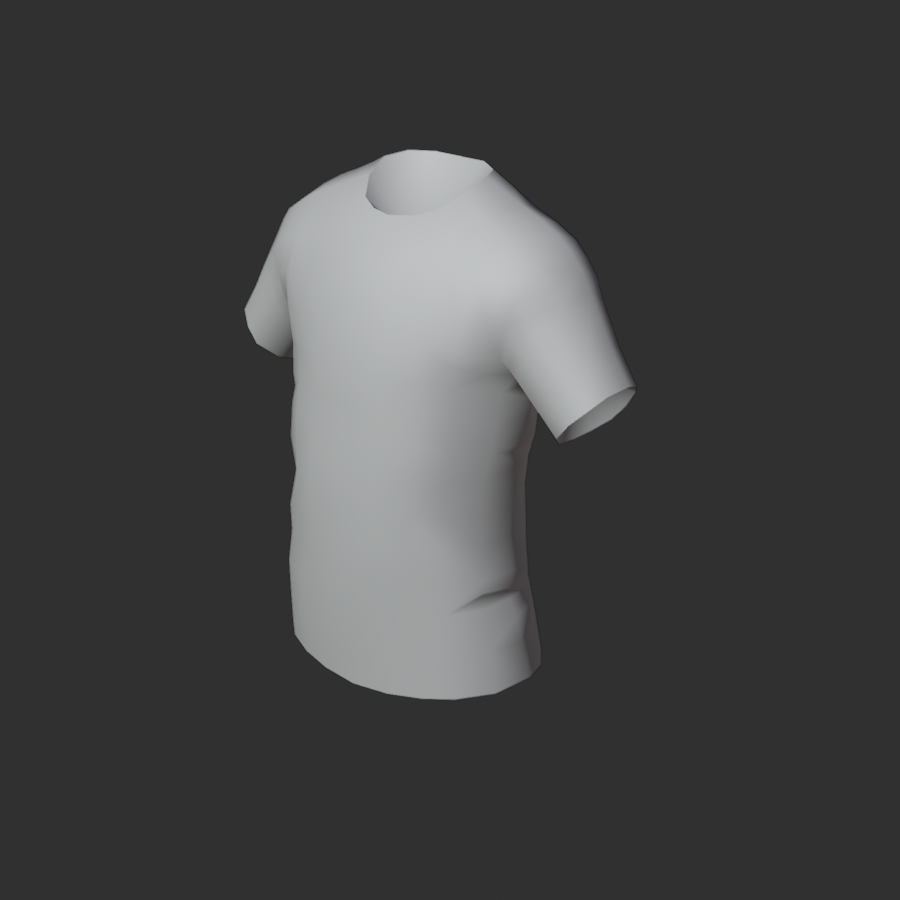
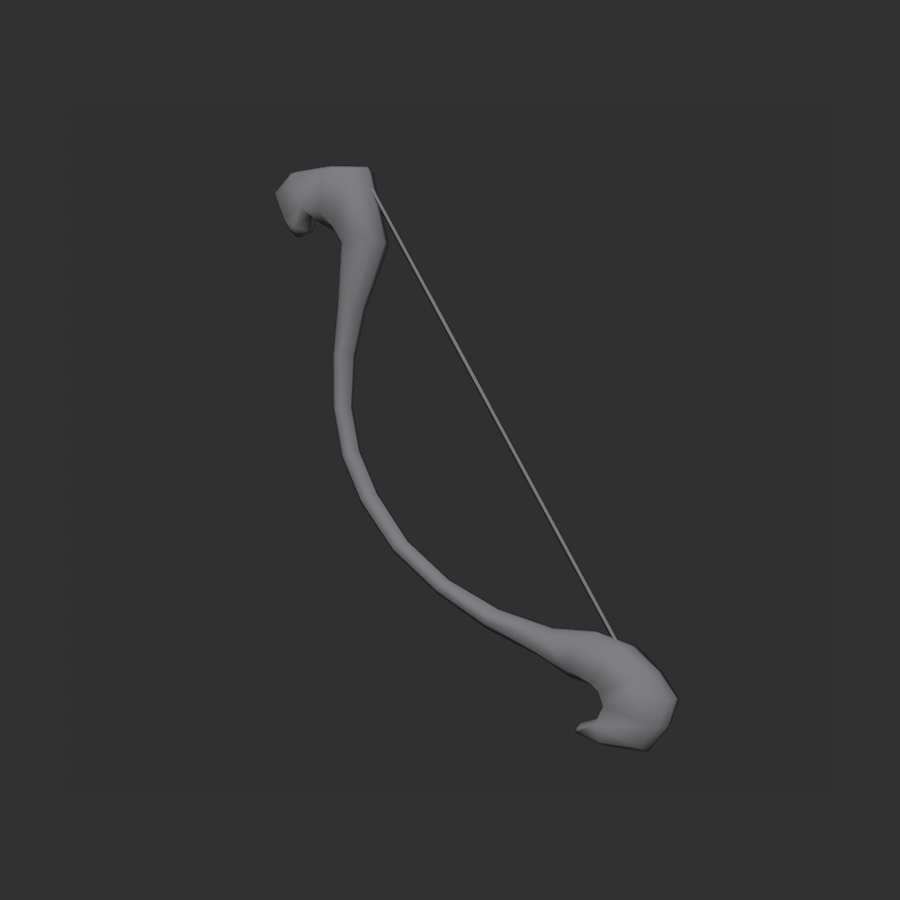
Alle Zubehörteile erfordern ein einzelnes Mesh-Objekt, das die Geometrie des Zubehörteils darstellt.Im Studio wird dieses Mesh-Objekt als ein MeshPart in einem einzigen Model verschachtelt dargestellt
Texturen
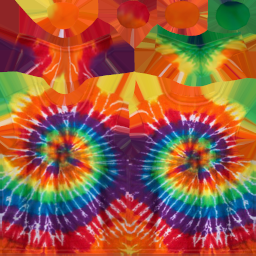
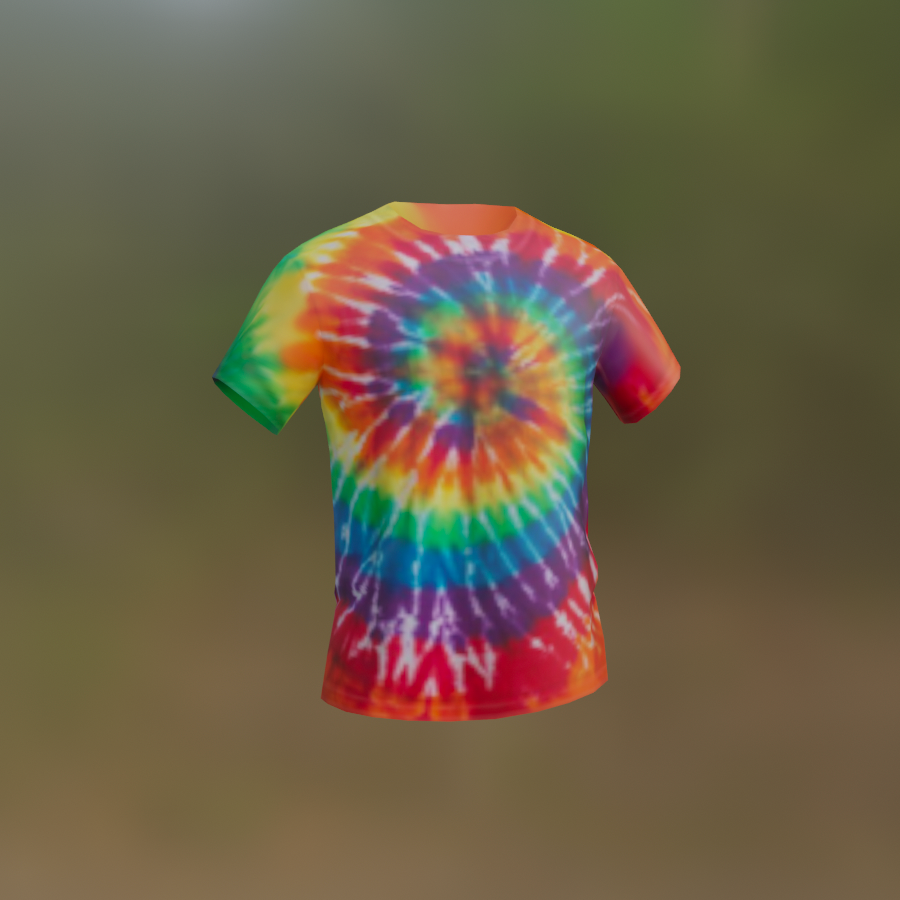
Texturen sind Bilddateien, die das Erscheinungsbild der Oberfläche Ihres Accessoiredefinieren.Du kannst Texturen innerhalb eines Texturmalprogramms oder einer 3D-Modellierungssoftware erstellen.Im Studio werden Texturbilder als Bild-Assets importiert und auf MeshPart Objekte durch ein Kind SurfaceAppearance oder eine MeshPart.TextureID Eigenschafteneingestellt.
Anhänge
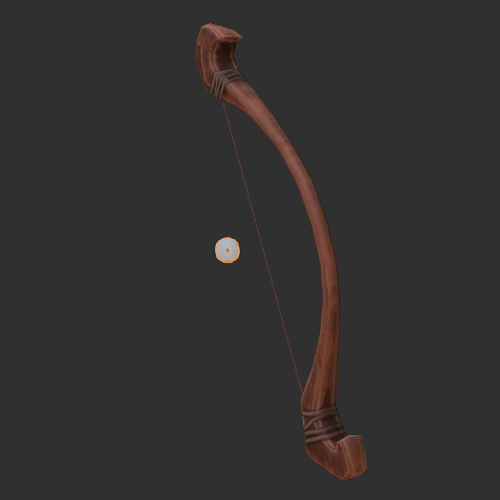

Für mehrschichtige Kleidung wird der Anhangspunkt verwendet, um sich mit dem richtigen Körperteil zu verbinden, wenn der Körper ragdollt oder entgliedert wird.In Studio werden Anhänge durch Attachment Objekte dargestellt.
Anhänge für Kleidungsstücke werden automatisch im Studio mit dem Zubehör-Anpassungswerkzeug erstellt.
Rüstungsarmatur verankern
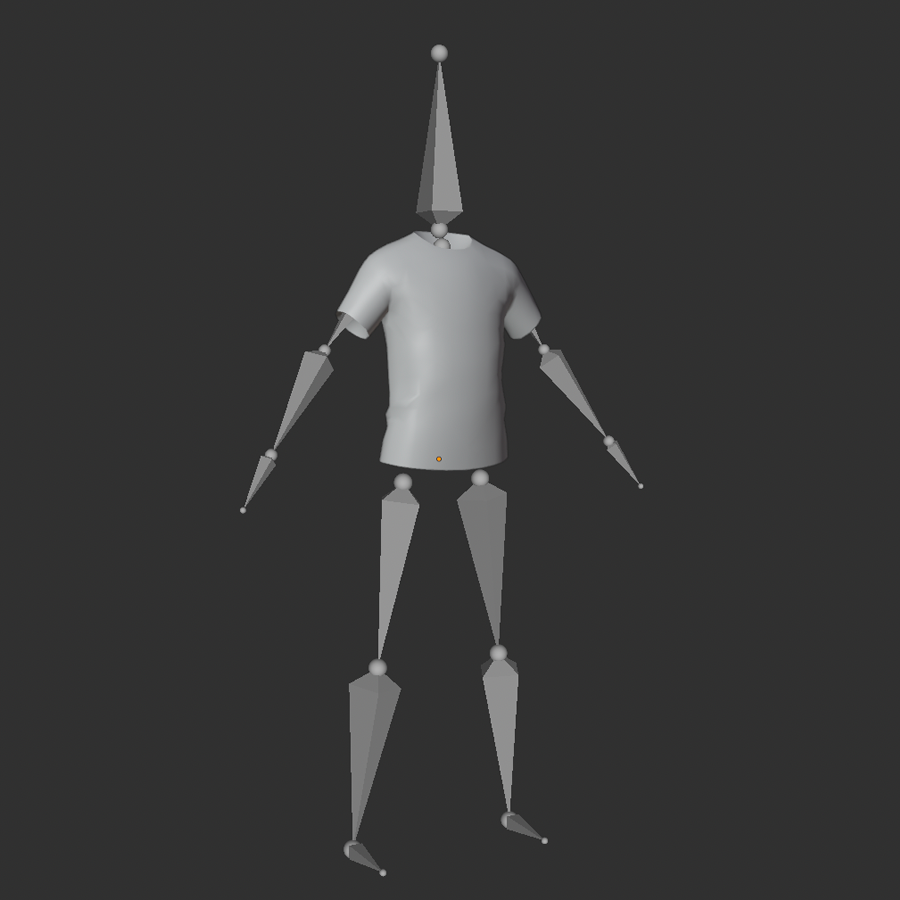

Eine Rigging-Armatur definiert, wie ein mehrschichtiges Asset mit einem Modellbewegt werden kann.Mit der Verwendung von Rigging- und Skinning-Techniken kannst du die Bereiche deiner Kleidung so einstellen, dass sie sich natürlich mit den Gelenken eines Modellbewegt, wie z. B. sicherzustellen, dass ein Hemdarm korrekt der Bewegung des Ellenbogens und der Schulter folgt.Im Studio wird diese Rigging- und Skinning-Daten in die Mesh-Geometrie gespeichert.
Innen- und Außenkäfige
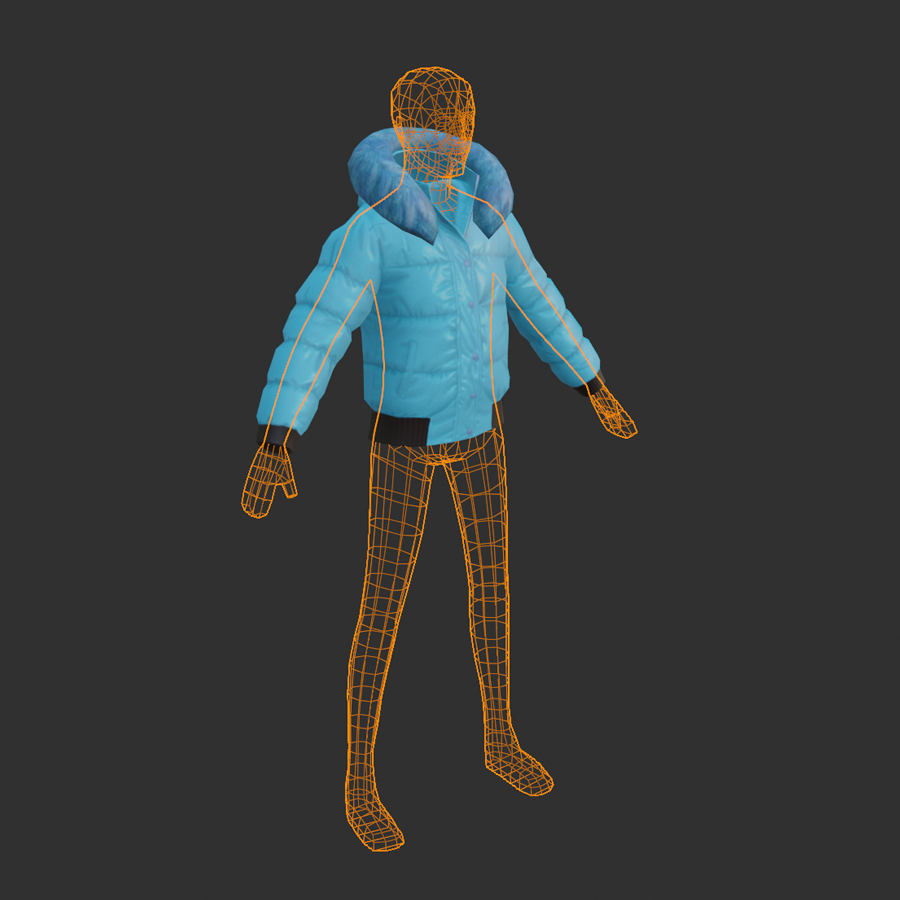

Käfigmaschen zeigen die innere und äußere Oberfläche eines mehrschichtigen Accessoirean.Der Innenkäfig eines T-Shirts definiert, wie sich das T-Shirt über einen Körperdehnt und passt.Die äußere Kiste eines T-Shirts definiert, wie zusätzliche mehrschichtige Kleidung über das T-Shirt passt.Im Studio werden diese Käfige durch WrapLayer Objekte dargestellt.
Schöpfungsprozess
Benutzerdefinierte Accessoires werden zuerst in 3D-Modellierungsprogrammen wie Blender oder Maya erstellt, bevor sie das Modell .fbx oder .gltf in Studio importieren.Um mit der Erstellung deines ersten Objektzu beginnen, siehe Avatar-Tutorials.
Abhängig von der Art des Assets, das du erstellst, folgt der Schaffungsprozess diesen hohen Workflows:
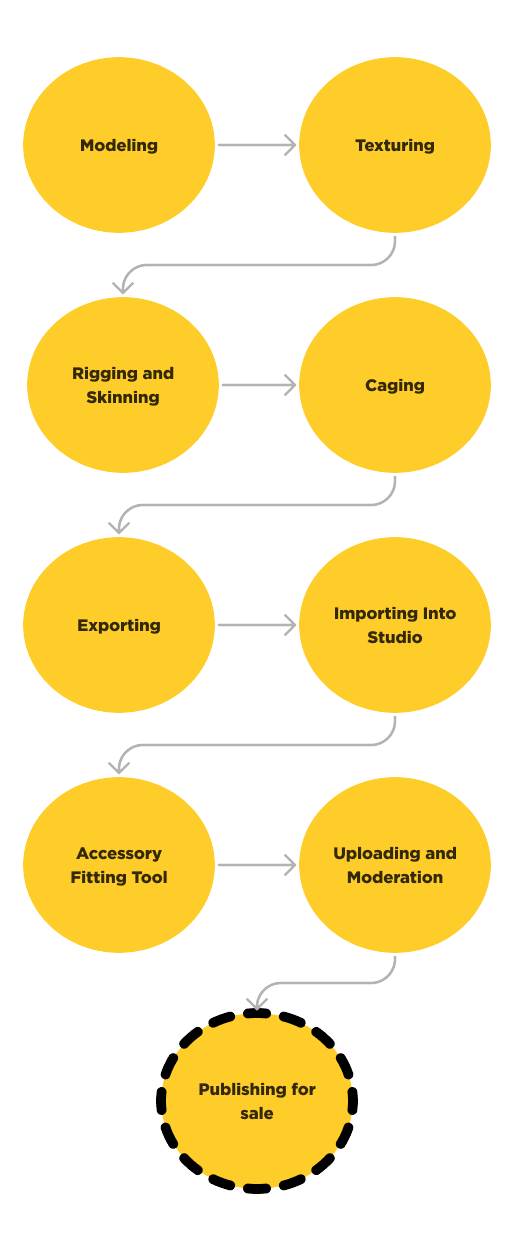
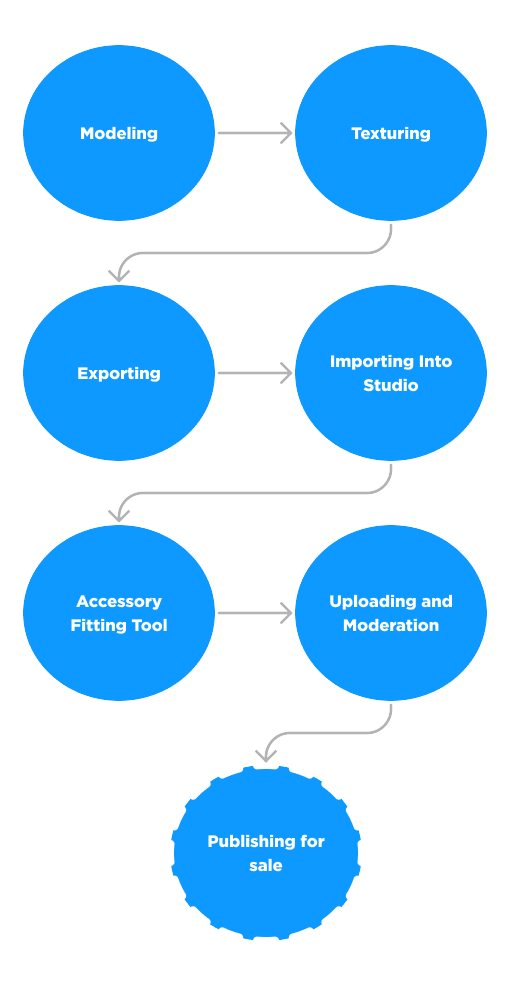
Ressourcen
Es gibt eine Vielzahl von Ressourcen, die für Ersteller aller Hintergründe zur Verfügung stehen, um mit der Schöpfungzu beginnen.
Wenn Sie sich für bestimmte Themen der Avatarerstellung interessieren, verwenden Sie die folgende Tabelle, um Anleitungen und Ressourcen zu finden, die am besten zu Ihren Bedürfnissen passen:
| Thema | Ressourcen |
|---|---|
| Anleitungen | Starrer ZubehöraufbauGrundlegende Kleidungserstellung |
| Referenzdateien | Zubehör- und Kleidungsreferenzdateien |
| Technische Spezificationen | .FBX-ExporteinstellungenAllgemeine NetzspezifikationenZubehörspezifikationenMarktplatzrichtlinie |
| Kosmetische Schöpfung | ZubehörübersichtÜbersicht über mehrschichtige KleidungErstellen von Gesichts-AccessoiresZubehör-AnpassungswerkzeugZubehörspezifikationenMarktplatzanforderungen |
| Texturierung | TexturanforderungenPBR-Texturen |
| Verankern und Skinning | Rigging und Skinning-ÜbersichtAnforderungen an menschliche RiggingRigging-GesichtsknochenAutomatische HautübertragungHautgesichtsknochen riggen |
| Testen und Validierung | Calisthenics-WerkzeugKleidungs验证工具 |
| Veröffentlichung und Marktplatz | Hochladen auf den MarktplatzMarktplatz-RichtlinieGebühren und Provisionen |
Klassische Kleidung
Klassische Kleidungsgegenstände sind 2D-Bilder, die du auf die Oberfläche eines Avatar-Körpers als T-Shirts, Hemden oder Hosen anwenden kannst.Du kannst diese Assets in jeder Bildverarbeitungssoftware entwerfen, die Texturen in Studio testen und dann die Designs auf den Marktplatz hochladen, um sie zu verkaufen.Siehe Klassische Kleidung für weitere Informationen zur Erstellung, zum Hochladen und zum Verkauf dieser Assets.
